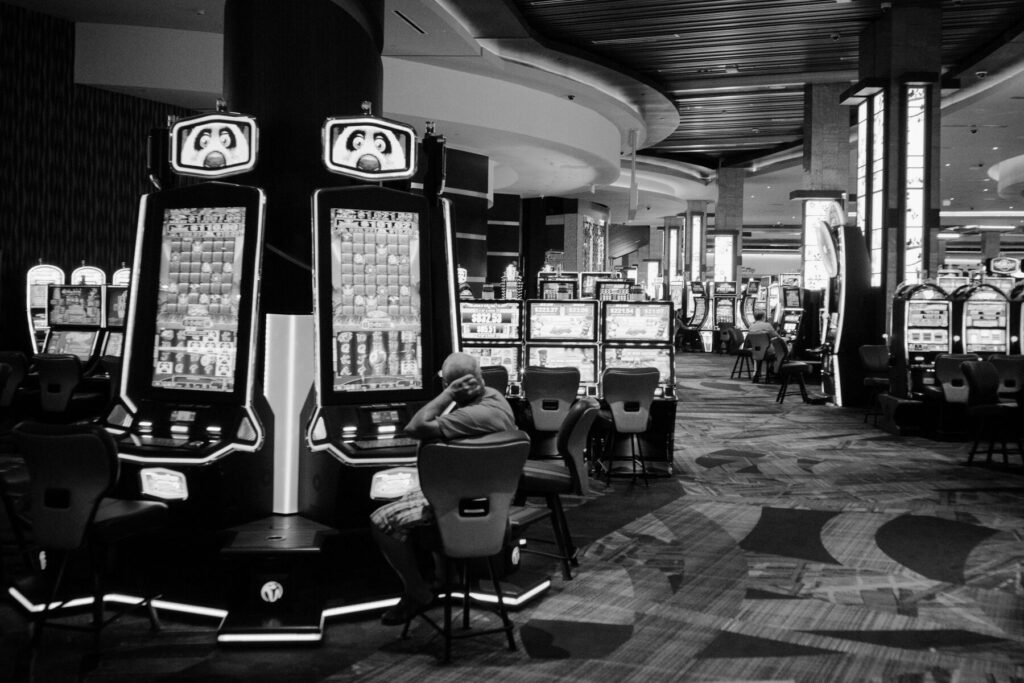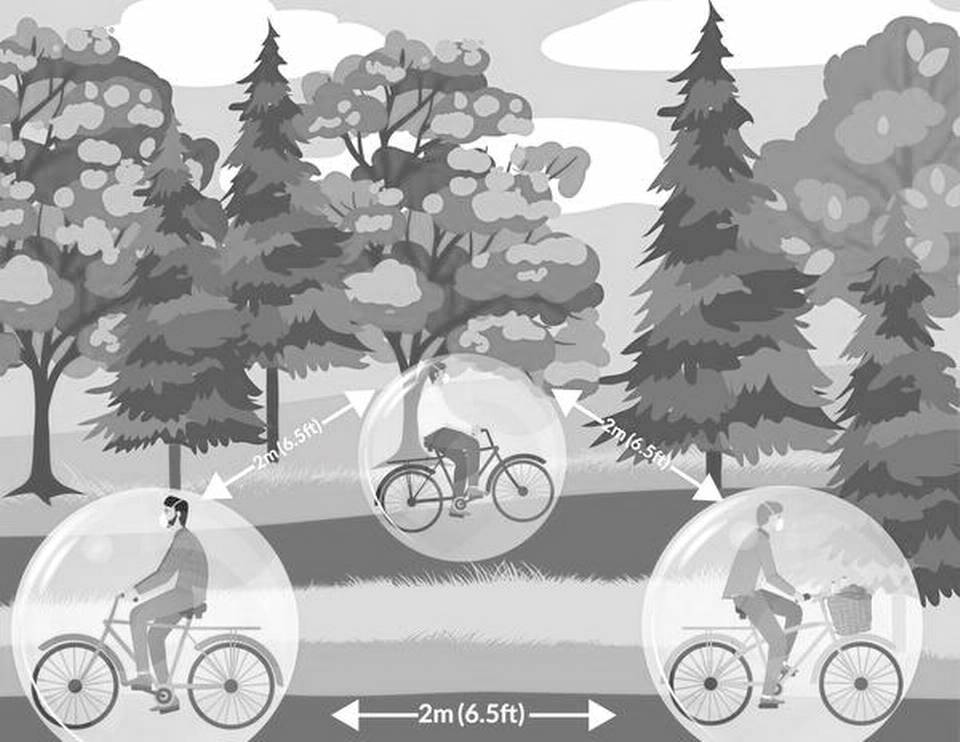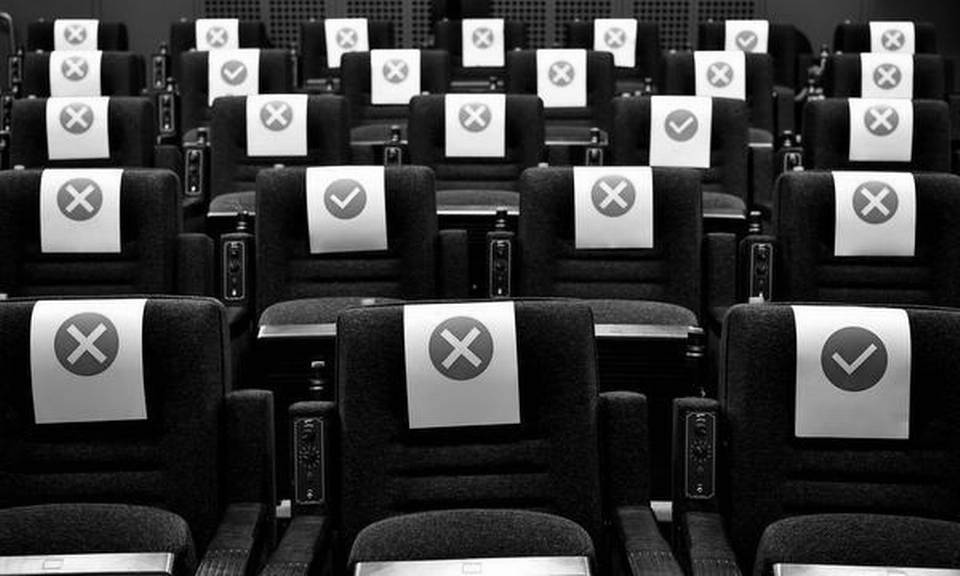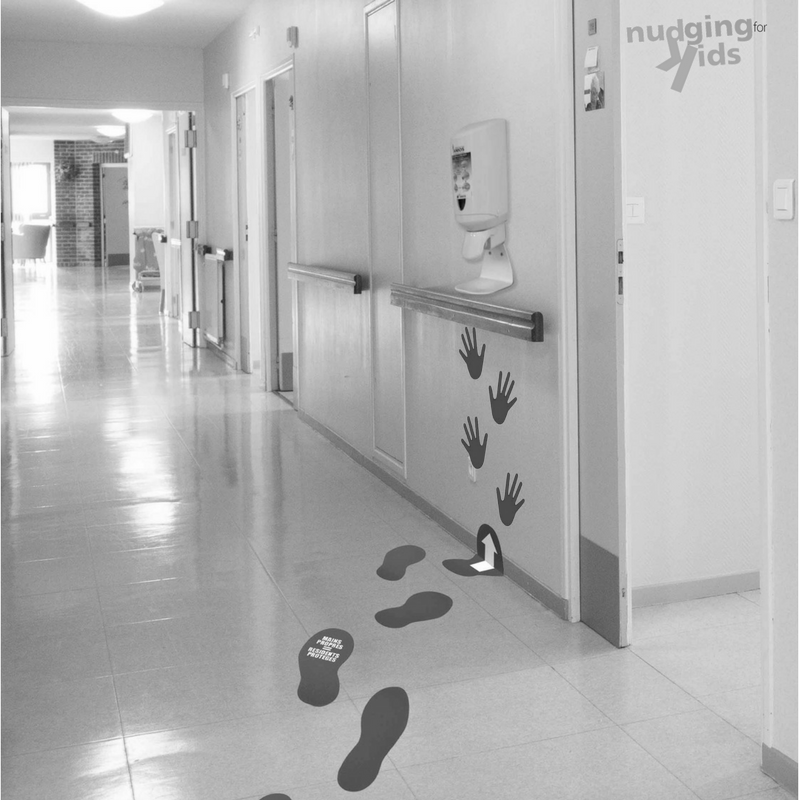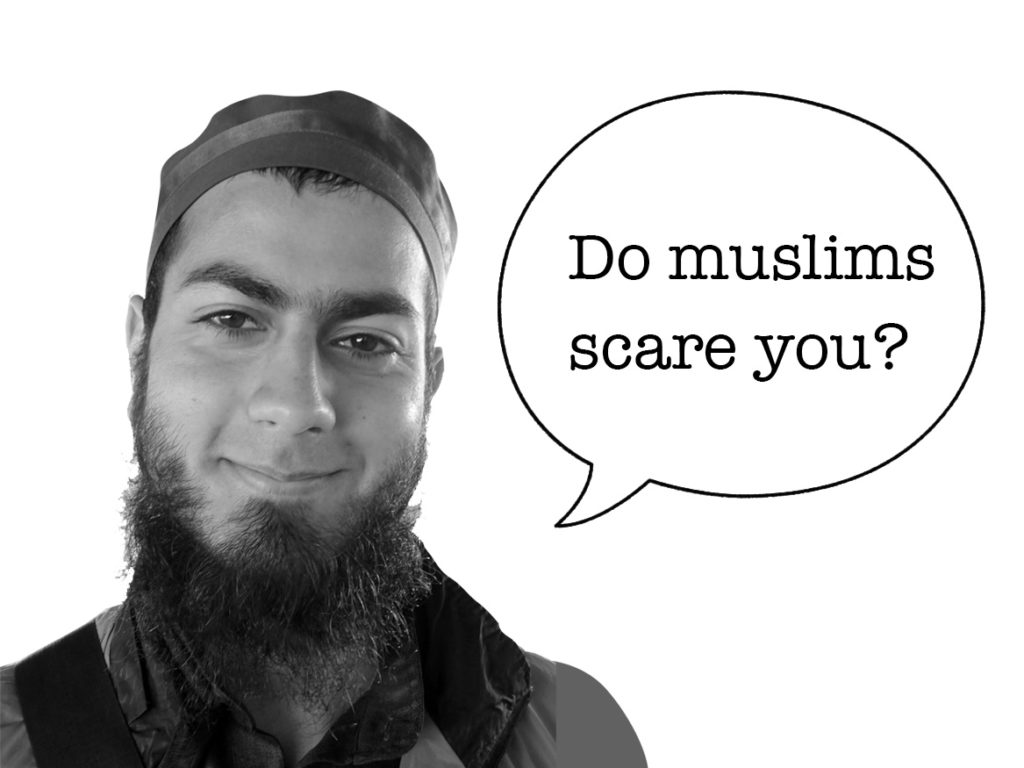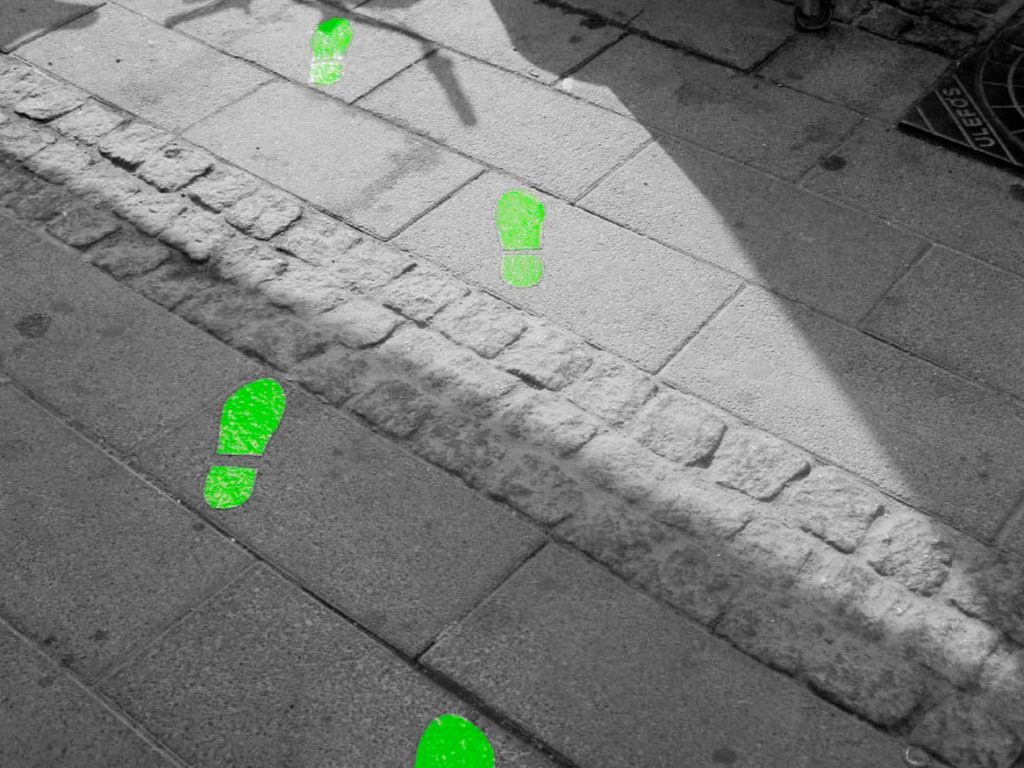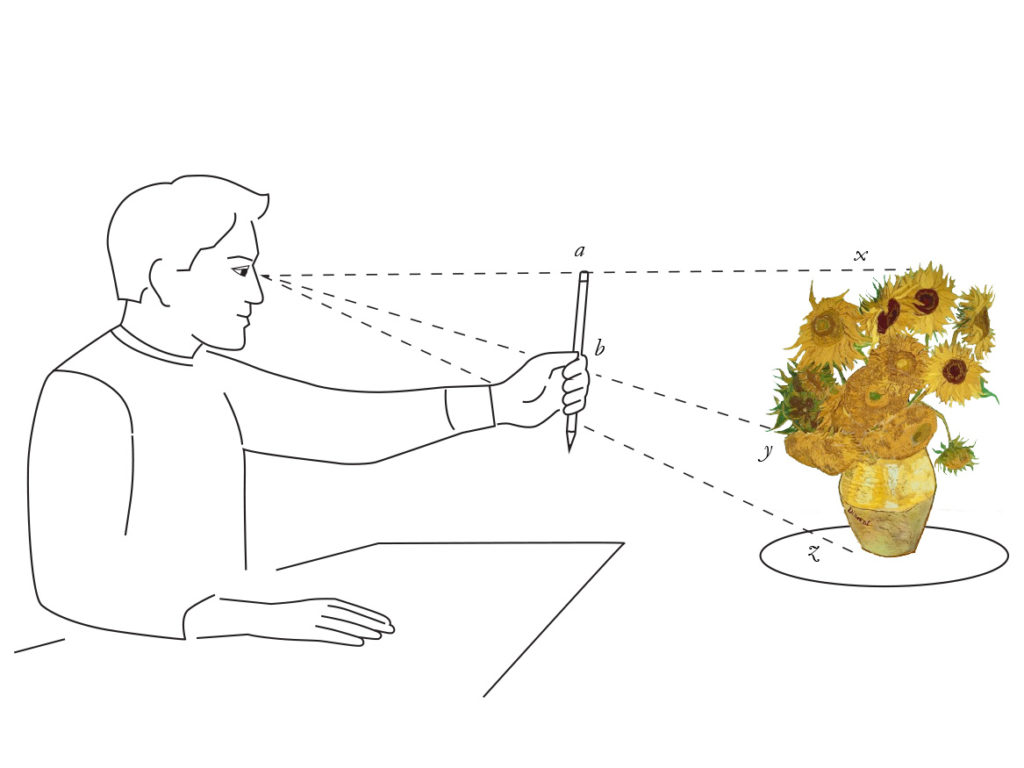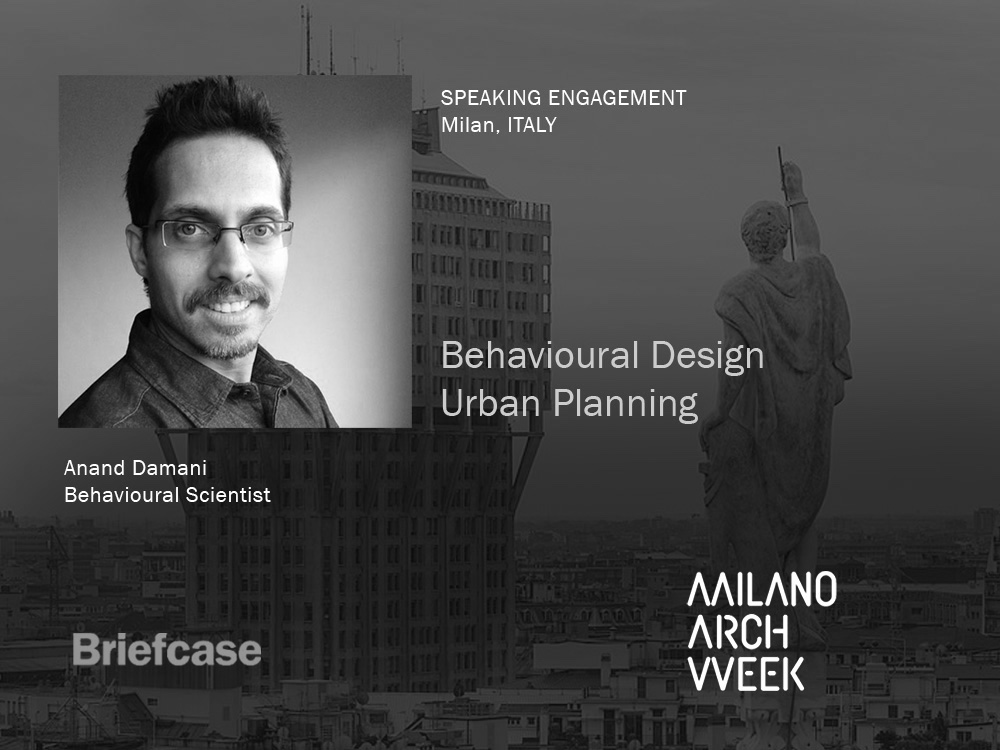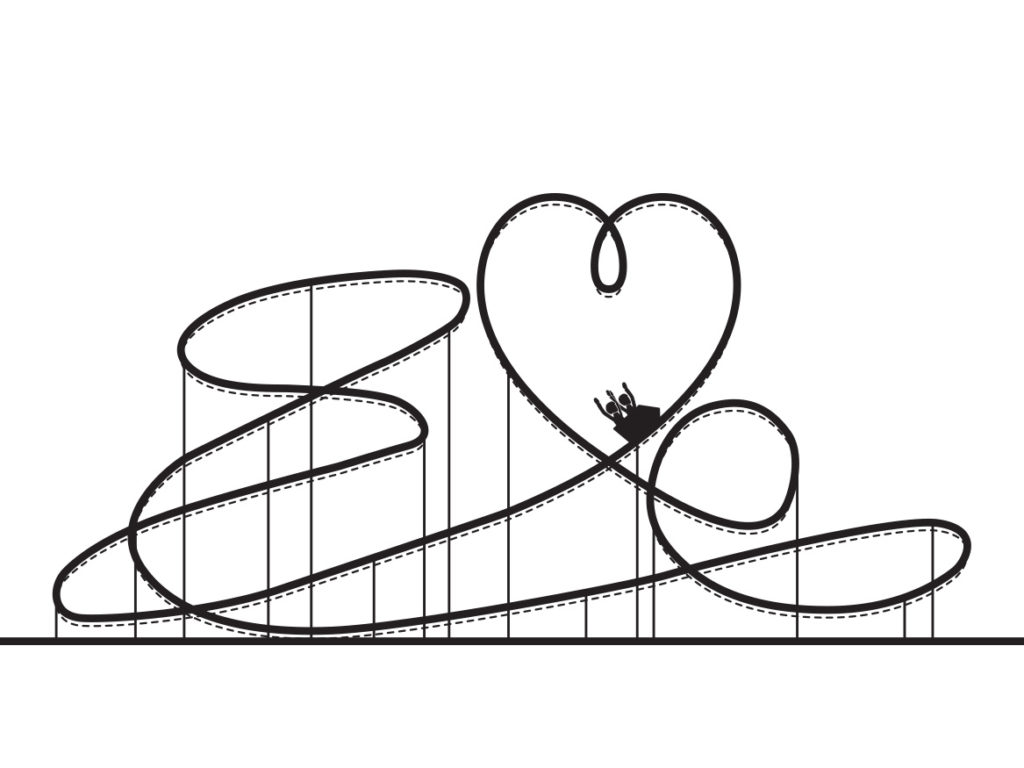
This article of ours first appeared in The Hindu on 23rd July 2021.
The pandemic has made it more difficult for us to think rationally
The COVID-19 pandemic has caused the biggest disruption to lives since the Partition in 1947 for those in India. It has caused dramatic shifts in our personal and work lives. It has, of course, caused illness and taken away many of our loved ones. It has caused many people to lose a substantial portion of their incomes. It has posed new behavioural challenges to governments and individuals. It has created great uncertainty. In short, the pandemic has put us all under immense stress. It has been so stressful that the one thing that every person on the planet wants right now is for the pandemic to end and for life to go back to pre-COVID-19 days.
Chronic anxiety
The stress caused by the pandemic has sustained over a long period of time and can be categorised as chronic stress. When we face stress, the body releases a hormone called cortisol. Prolonged exposure to cortisol, the body’s primary stress hormone, increases the risk of heart disease, sleep disruptions and mood disorders like anxiety and depression. Chronic stress has been found to kill brain cells and even reduce the size of the brain. Chronic stress has a shrinking effect on the prefrontal cortex, the area of the brain responsible for memory and learning.
Studies in behavioural science show that we don’t tend make good decisions under stress. In fact, they have repeatedly shown that we often don’t make good decisions even in normal times. For example, we know exercising is good for our health but we don’t do it enough. We know overeating is bad for us but we still indulge in it often. We know binging on social media takes away time from doing what we are supposed to be doing but we can’t stop scrolling. This is some of our behaviour in normal times. Given that we are now facing chronic stress, our behaviour is becoming more irrational. For example, outdoors is generally a safer place to meet people than indoors because of a greater degree of ventilation. Yet, people feel safer indoors than outdoors. Indoors are generally safer than outdoors at protecting us, but not during the pandemic. People are more likely to wear masks outdoors, where it is actually safer, and remove their masks indoors, which at a time like this is risky behaviour.
After the first COVID-19 wave declined in India, people began travelling, holidaying, partying and attending weddings. There was no availability of vaccines then. When people had little protection against COVID-19, they behaved fearlessly. But now, even after partial or full vaccination, people seem more scared of contracting COVID-19 than they were after the first wave. Studies around the world are showing that most vaccines are demonstrating more than 90% protection against hospitalisation due to COVID-19. One would think that should make people less fearful, but that’s not the case.
Mindless investing
While most people are facing a drop in income, those with disposable incomes have begun investing their money on their own. Brokerage firms in India have reported the highest number of demat account openings in the past 15 years. Driven by the fear of missing out, a large number of newbie investors have begun following their herd by investing money in India’s stock markets and even in cryptocurrencies. But history shows that retail investors, especially the inexperienced newbies, are the last to enter bull runs, buying stocks and assets at high prices, because people in their social network are making money. People love making easy money. History shows that such irrational investing leads to bubbles that eventually burst leaving such investors with massive losses. People have begun buying and selling cryptocurrencies. These are not currencies but mere speculative instruments because they are neither backed by any underlying asset nor by the government. In fact, ‘crypto’ means hidden or secret. But history shows it’s no secret that such speculative manias are caused by our own irrational behaviour. The COVID-19 pandemic has made it more difficult for us to think rationally.
